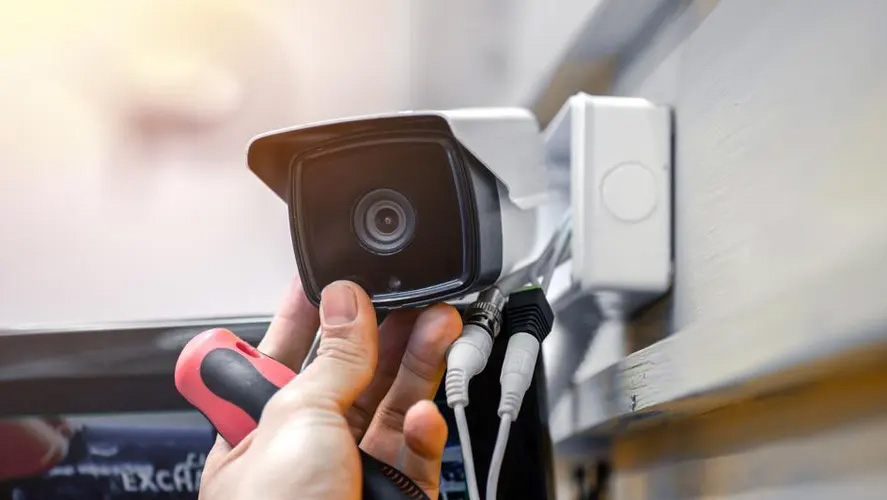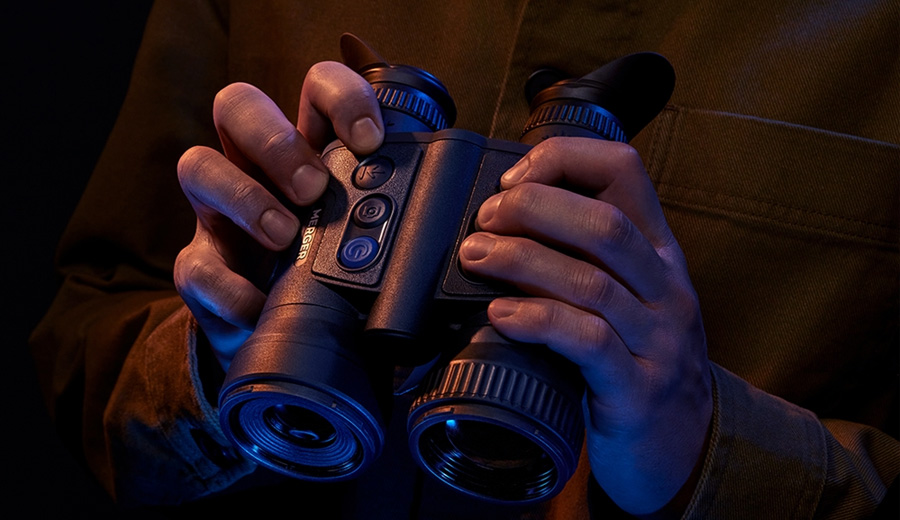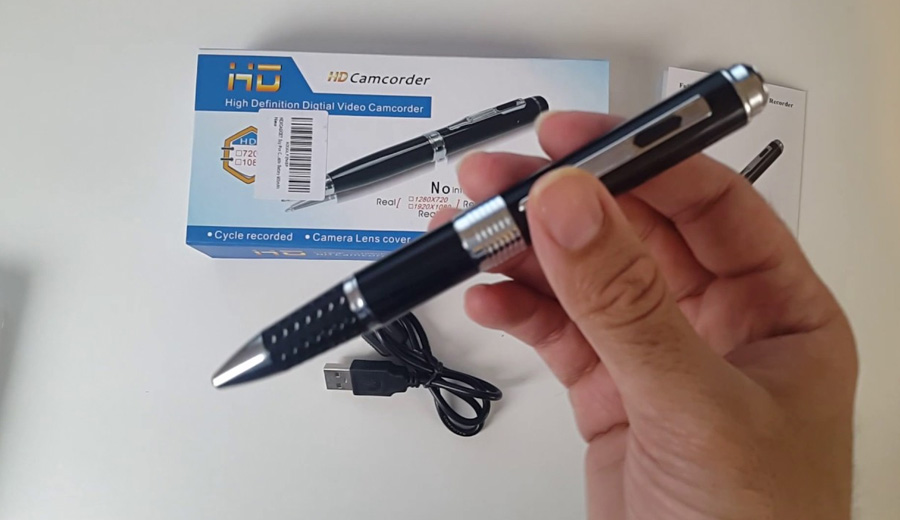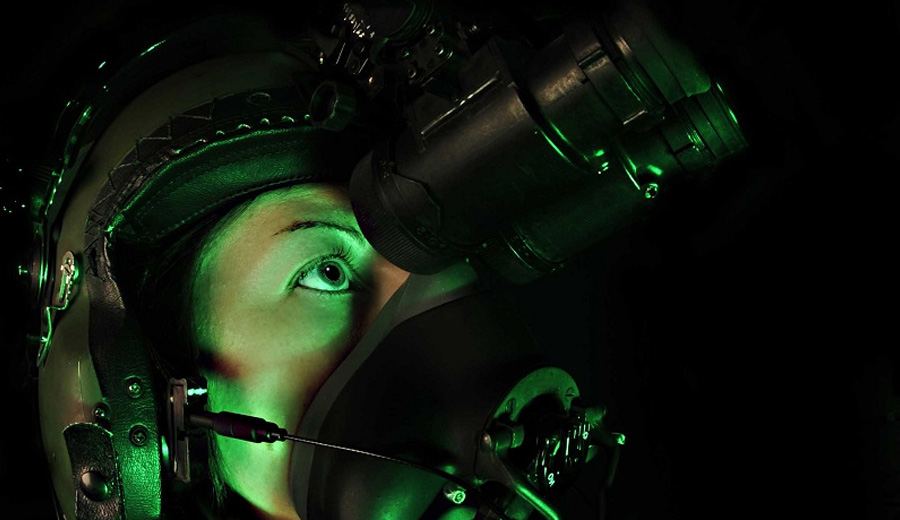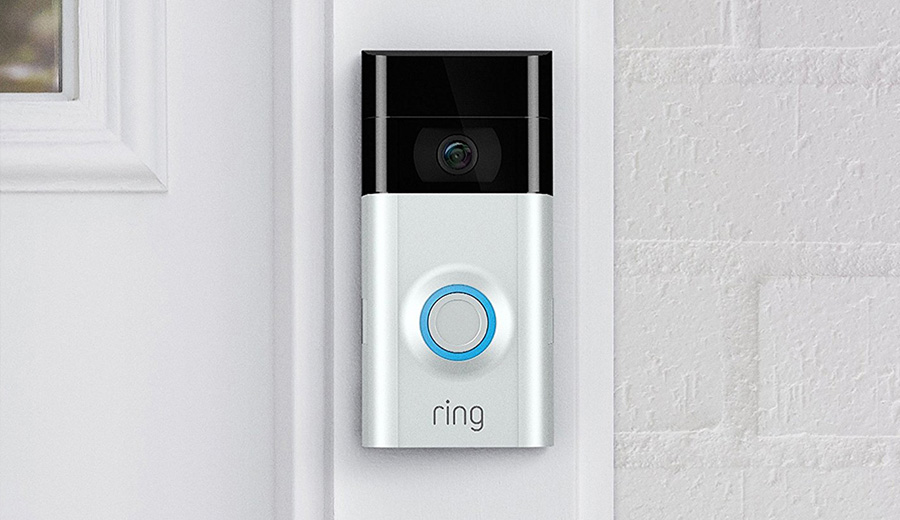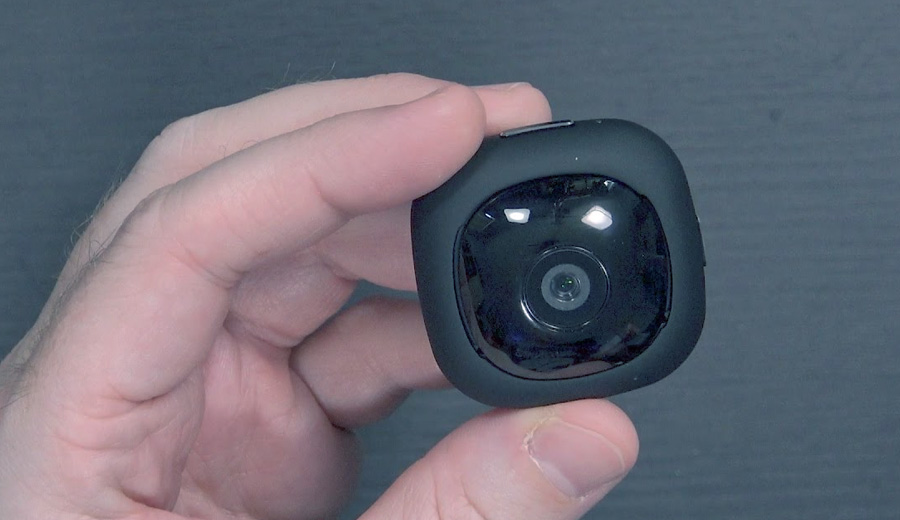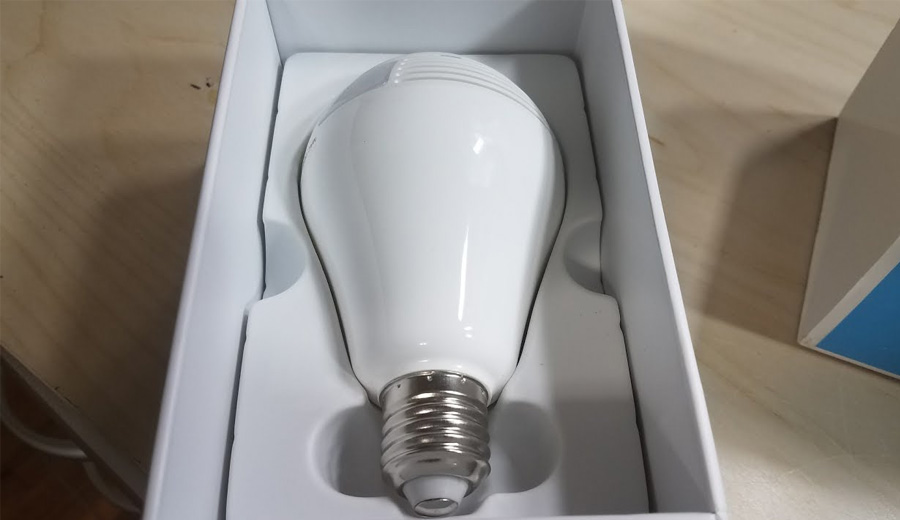What is a DVR?
DVR stands for digital video recorder. It is a device used for recording and storing video footage provided by the surveillance cameras.
Unlike conventional analogue systems, DVRs transform analog signals into digital format, which is convenient when it comes to storage and replay. Modern video surveillance is not complete without DVRs, which enable users to view and analyze recorded data without much hassle.
DVR vs. NVR – What’s the Difference?
DVRs and NVRs are the two fundamental architectural components of video surveillance system. They’re very similar with slight difference between them.
DVR:
- Processes analog signals from cameras.
- Stores footage locally.
- Typically used in analog camera system.
NVR:
- Processes digital signals from IP cameras.
- Stores footage on a separate network device.
- Typically utilized in IP camera systems.
It is important to understand the difference between DVRs and NVRs to select the most appropriate surveillance solution for your specific needs.
Explaining NVR/DVR Channels
In reference to DVRs, channels denote the camera capacity of a system. This knowledge is critical in determining the appropriate surveillance set-up considering the coverage requirement.
Analog DVR:
- The channels are represented by the number of analog cameras that are connected to the system.
- An 8-channel DVR allows up to eight analog cameras.
IP DVR:
- Channels denote the capacity for IP cameras.
- An 8-Channel IP-DVR allows for eight (8) IP Cameras.
Selecting the correct number of channels enables the surveillance system to meet the specific monitoring requirements, but without any unwarranted expenses or additional headaches.
5 Features of a DVR System
Here are 5 main features to look for when choosing an 8-channel DVR security system:
- Resolution: The resolution of the cameras determines the amount of information or detail which will be captured in your videos. 1080p resolution usually suits for indoor security. You may go for higher resolution, like 4K, for outdoor security to capture object or people clearly.
- Night vision: You will require cameras that have night vision in case you want to watch over your property during the night. Infrared light is used for capturing images in the dark with most night vision cameras.
- Field of view: The extent of coverage of each camera will depend on their field of view. This means that, you will get a wider field of view and therefore see more of your property with each camera. Add 8 cameras to the mix and you can covert a lot of ground with such a system.
- Motion detection: The motion detection feature helps to conserve space storage by only recording once motion has been detected. This will also work in alerting you of suspicious movements or any potential security threats. Your DVR will be able to store more important data this way.
- Remote viewing: If you have a remote viewing feature, you can see your security video recordings even outside your monitored area. Users can access the provided data through their web browser or mobile app.
Conclusion
As technology in relation to surveillance continues to change, the importance of DVRs in designing effective security systems cannot be undermined.
Scalability of the setup is dependent on the number of channels offered and it is essential to choose the right channel number DVR system. 2, 4, 8, 16 are the most common DVR setups. That means they’ll be able to handle that many cameras per DVR unit. In real world, it doesn’t make much sense going for 2 camera DVR, as cost of DVRs is high enough, and with only 2 cameras, you might as well use your computer, local server or go for cameras with built-in DVR’s.
Difference between DVRs and NVRs isn’t that great, so look around when choosing one and see which one is cheaper or offers more features for you.
The advanced DVRs feature remote viewings, detection of motions, ease of installation, high resolution recordings with playback capability. So, when selecting one of these units, pay attention to some of these details and you shouldn’t go wrong.

